Justice Secretary Angela Constance admitted the parole process in Scotland is “difficult” for victims as she responded to concerns raised by The Courier.
Recent cases highlighted by our A Voice for Victims campaign show just how many are left re-traumatised by the system.
This includes the case of Angus killer Tasmin Glass, who was released halfway through her 10-year sentence for her role in the murder of Steven Donaldson in Kirriemuir.
Mr Donaldson’s family were left “appalled” at the decision
They said it reinforced their view that concerns of victims and their families are not taken into consideration.
Glass was eligible for consideration for release after five years. A change in legislation is required to make prisoners serve longer periods of time behind bars.
When should prisoners be released?
Speaking to The Courier, Ms Constance said she is open to debate on when offenders are first considered for release.
“There’s always been a debate about when there should be that point of first consideration,” she said.
“Everyone who is serving a determinate sentence will return to the community. Only about 10% of people who come up for their first parole review are actually released.
“But my view is that there needs to be an appropriate point in the sentence where you are beginning to gather and update in-depth information about this individual and what their risk to others is.”
‘We all want fewer crimes, fewer victims and safer communities’
She argued offenders can be set goals by the parole board about what they need to do be released.
“That’s what we all want: fewer crimes, fewer victims and safer communities,” she said.
“For long-term prisoners on a determinate sentence, I think that is broadly right.
“But I am open to discussion and debate on any matter within our justice system, because it is only by discussing it that it gets the scrutiny and we are able to test the underlying thinking.”
Transparency
The Parole Board for Scotland does not make its decisions or the reasons for them public, except in a limited number of cases where someone has been serving an order of life restriction.
It means victims, their families and the public cannot fully understand why someone is released and what has been taken into account.
The chief executive of parole board, Colin Spivey, previously said he would be happy to publish “every decision” if there was a change in the law.
Ms Constance said she is firmly of the view that there is more work needed on transparency.
“It is important to recognise that the parole system is not court, so there are some differences, but in general I would be very open to hear specifically what the Parole Board are advocating change for,” she said.
But she warned: “The last thing I would ever want is to have a parole system that was then legally challenged because it was perceived to be unfair. That is not in the interests of victims.”
How to support victims
Ms Constance, who chairs a “victims taskforce”, said she often hears concerns about how the justice system communicates.
She said: “There’s important work going on in that regard, from the nature of correspondence but also the bigger broader intent to review the victim notification scheme (VNS).
“I am determined to take forward improvements in the VNS to get that whole system approach to meet the needs of victims, crucially not forgetting that it’s not over when someone has been sentenced.”
This will include taking forward the recommendations of the review of the VNS, and the creation of a new victim contact team.
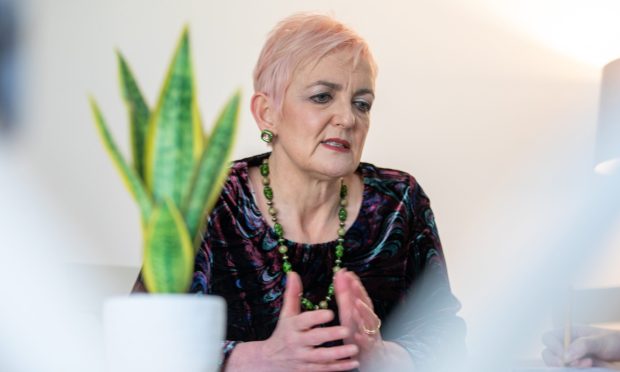

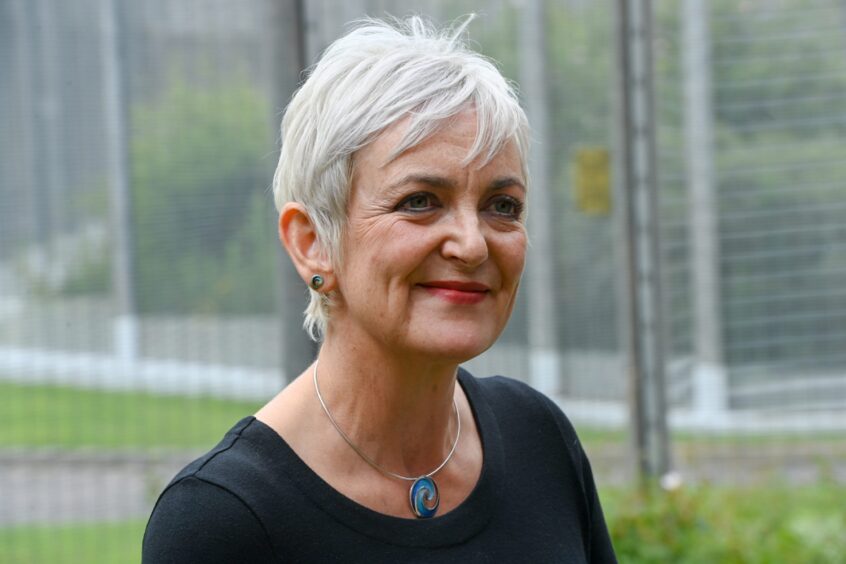
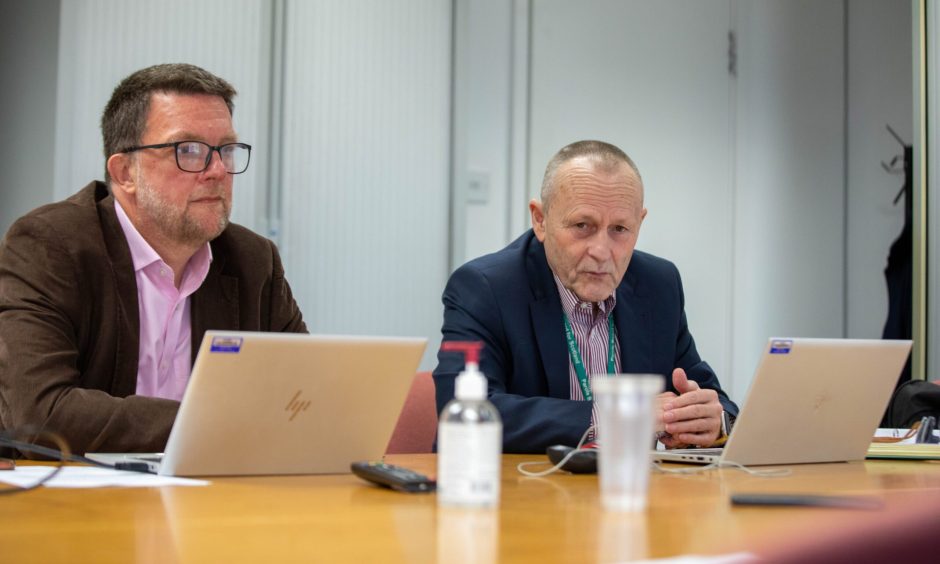

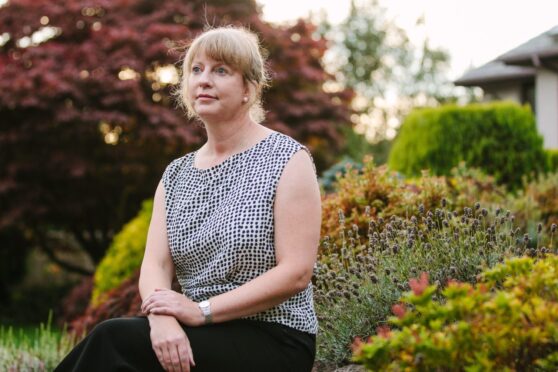
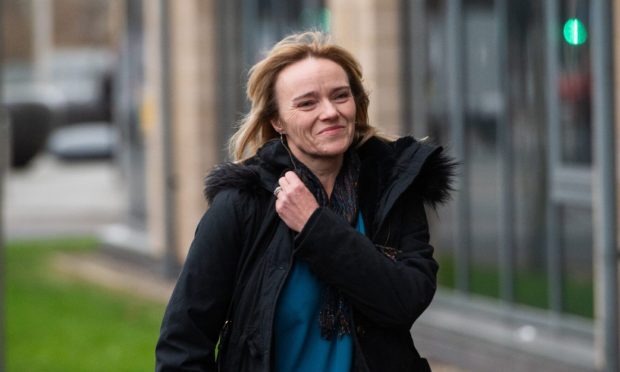
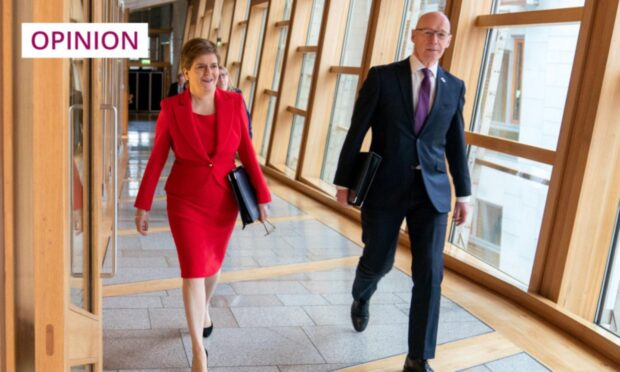
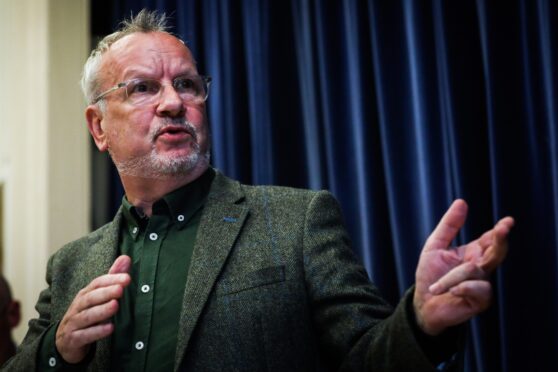
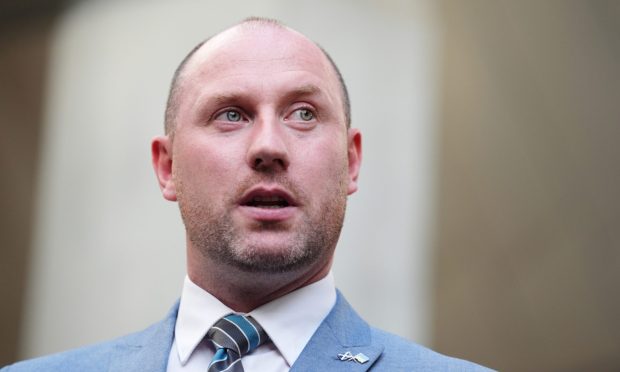
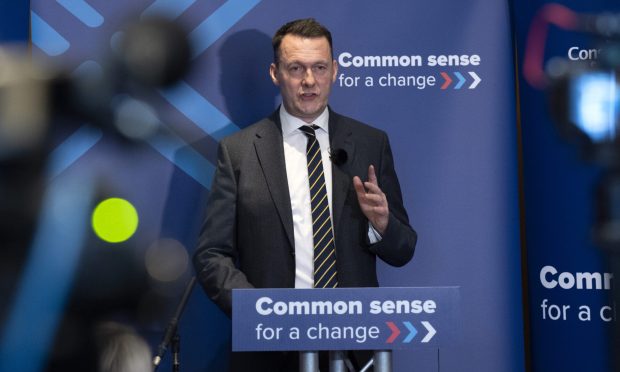
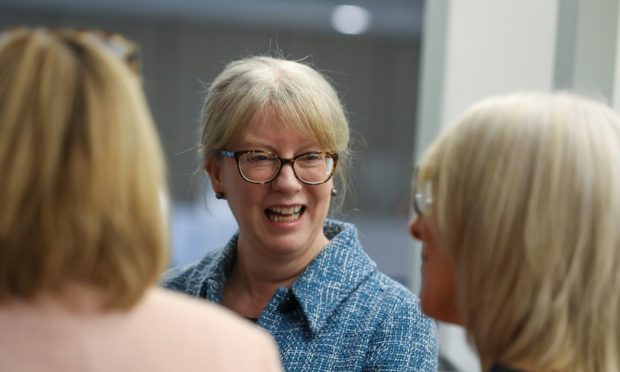
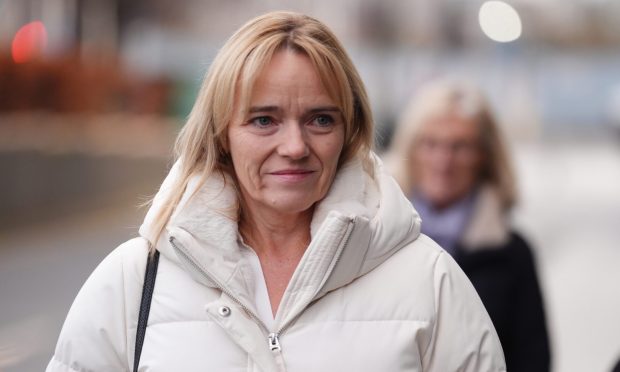
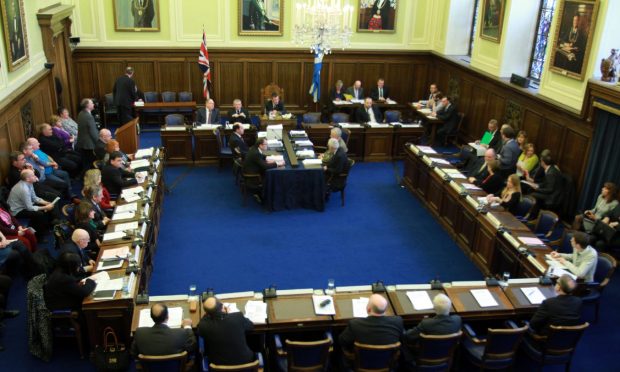
Conversation